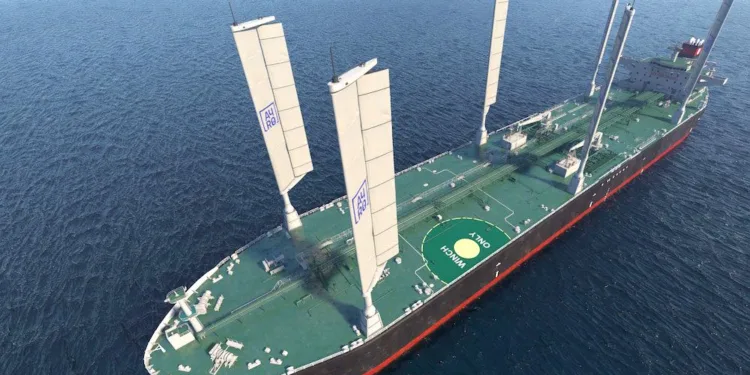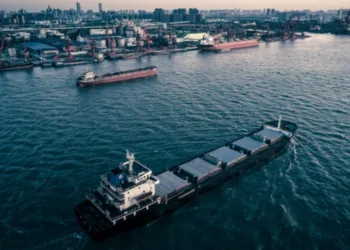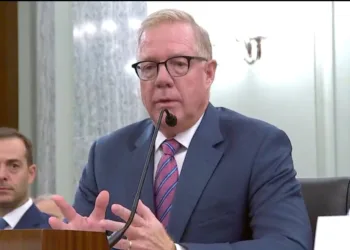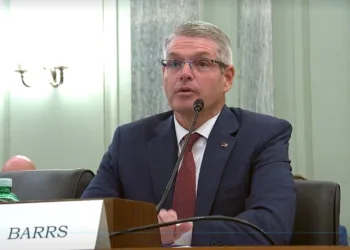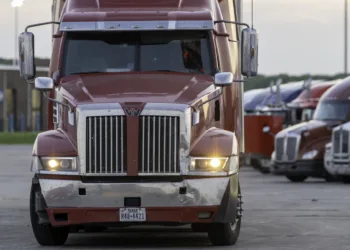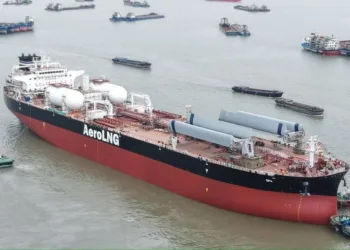Emmanuel Schalit, CEO of OceanWings, discusses some of the ramifications from the upcoming MEPC83 meeting, whether new amendments are adopted or not.
The International Maritime Organization (IMO) could formalise its Net-Zero Framework, a new regulatory chapter in global shipping next week. If adopted at MEPC Extraordinary Session 2 (ES.2), this set of amendments to MARPOL Annex VI will hardwire decarbonisation targets into international maritime law, setting well-to-wake GHG fuel intensity (GFI) standards and compliance mechanisms that begin to take effect in 2027.
Shipowners could be required not only to report emissions more comprehensively but also to remain within strict fuel intensity thresholds or face financial penalties. The framework includes a system of compliance units, potentially tradeable, with overperformers earning credits and underperformers having to compensate. Renewable energy sources, including wind and solar, are explicitly recognised as contributors to reducing GFI.
For owners and operators, there is the potential for a material shift from best-effort, self-set efficiency targets to tangible economic pressure. In practice, this means that the propulsion strategy of every vessel, newbuilds and retrofits, will increasingly come under scrutiny, not only for technical performance but also for its compliance profile and exposure to fuel and emissions pricing, taxes, and fines. In short, the total cost of propulsion (fuel + penalties) for every vessel, which is often the number one expense for shipowners, is bound to go up materially in the next 5 years.
Against this backdrop, wind-assisted propulsion systems (WAPS) enter the frame not as a silver bullet, but as a contributor in a diversified strategy. WAPS are maturing fast, in terms of deployment, seaworthiness and the quality of performance data. While fuel cells, synthetic fuels, and carbon capture attract many headlines, these options remain constrained by availability, infrastructure, and long-term cost uncertainties. WAPS, by contrast, operates on a known and free energy source. The primary challenge then, has been consistent integration and robust performance measurement.
The industry has made progress in addressing this. Methodologies such as those developed under the International Towing Tank Conference (ITTC) protocols aim to standardise how wind contribution is quantified, potentially smoothing the path to broader acceptance under regulatory schemes. Still, hurdles remain, ranging from the physical complexity and off-hire costs of retrofitting vessels, to alignment with class society requirements, to the variability of performance by route and vessel type.
The upcoming MEPC83 ES.2 meeting will be pivotal in shaping how wind technologies are treated under the compliance calculus. Clarity on methodology, crediting mechanisms, and verification processes will influence whether more owners choose to adopt wind as a compliance hedge. A clear, fair, and science-based framework will accelerate deployment; ambiguity will continue to stifle investment.
While there is still technological uncertainty, strategic direction should be forged at the earliest opportunity. Tens of thousands of vessels will likely require currently unplanned retrofits in the coming years, whether to install engines, fuel systems, digital tools, or wind-assisted technologies, in order to reduce their exposure to emissions costs. Manufacturing and installation capacity across many of these solution areas remains limited, and shipyard capacity is finite, meaning delayed action could eventually be more costly than moving early. Some operators are already taking the view that adopting emissions reduction measures now, especially creating a WAPS strategy, positions them more favourably for the regulatory landscape ahead.
There is no one-size-fits-all in the decarbonisation of shipping and over time many ships will operate on new, cleaner fuels and complimentary approaches like wind power. Each vessel type, trade lane, and operating profile presents a unique puzzle and as regulation begins to price emissions more directly, and as tools to quantify renewable energy sources’ contribution become more robust, wind-assisted propulsion is looking ready for the potential rush.
Whether or not the MEPC83 amendments become reality will be known soon. But even if the decarbonisation of shipping doesn’t get fully locked into the regulatory framework, it will at some point. So regardless of the outcome this month, the question for shipowners now is less whether to consider a formal strategy, and more whether they can afford not to move of their own accord.



